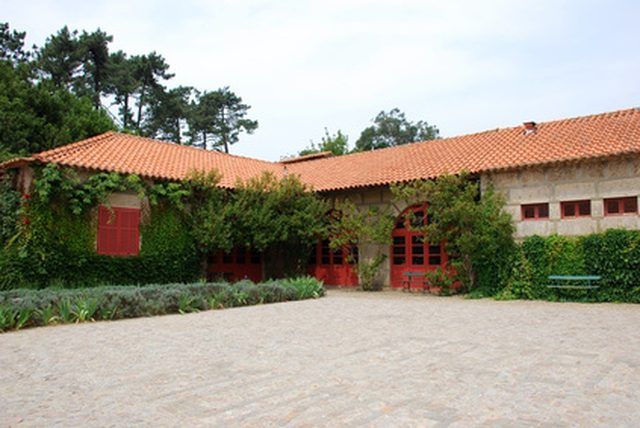Bulbs
Flower Basics
Flower Beds & Specialty Gardens
Flower Garden
Garden Furniture
Garden Gnomes
Garden Seeds
Garden Sheds
Garden Statues
Garden Tools & Supplies
Gardening Basics
Green & Organic
Groundcovers & Vines
Growing Annuals
Growing Basil
Growing Beans
Growing Berries
Growing Blueberries
Growing Cactus
Growing Corn
Growing Cotton
Growing Edibles
Growing Flowers
Growing Garlic
Growing Grapes
Growing Grass
Growing Herbs
Growing Jasmine
Growing Mint
Growing Mushrooms
Orchids
Growing Peanuts
Growing Perennials
Growing Plants
Growing Rosemary
Growing Roses
Growing Strawberries
Growing Sunflowers
Growing Thyme
Growing Tomatoes
Growing Tulips
Growing Vegetables
Herb Basics
Herb Garden
Indoor Growing
Landscaping Basics
Landscaping Patios
Landscaping Plants
Landscaping Shrubs
Landscaping Trees
Landscaping Walks & Pathways
Lawn Basics
Lawn Maintenance
Lawn Mowers
Lawn Ornaments
Lawn Planting
Lawn Tools
Outdoor Growing
Overall Landscape Planning
Pests, Weeds & Problems
Plant Basics
Rock Garden
Rose Garden
Shrubs
Soil
Specialty Gardens
Trees
Vegetable Garden
Yard Maintenance
How to Design a Foundation Planting
How to Design a Foundation Planting. Plantings along the foundation of your home can either improve the appearance of your house or diminish it. A few home owners prefer no foundation plantings at all, but some sort of garden design at the foundation of a home does a lot to soften its hard lines--and can even emphasize good features or play down...

Plantings along the foundation of your home can either improve the appearance of your house or diminish it. A few home owners prefer no foundation plantings at all, but some sort of garden design at the foundation of a home does a lot to soften its hard lines--and can even emphasize good features or play down features that might not be as desirable.
Things You'll Need
Pencil
Paper
Plan with the mature size of your plants in mind (including their root systems), or you eventually have to chop down certain shrubs or trees because they're threatening the safety of your foundation. Remember that mature plants should not actually touch your home, or you may end up with rot on the house or plants that don't grow well.
Make the entry to your home as welcoming as possible by highlighting the edges of your front steps with larger--and possibly more colorful--plants. Since people will often see these plantings up close (as they enter your home), think not only in terms of size and color, but also of texture.
Soften the edges of your home and tie them in with the rest of the landscape by using tall plants at the corners of the house. These can also help make small houses look bigger. Medium flowering trees (such as dogwood, crabapple or Rose-of-Sharon) fit in with a casual-looking home, while more formal homes will do better with junipers or upright English oak trees.
Keep the architectural design of your home in mind while creating foundation plantings. Formal homes look best with symmetrical designs, while less formal homes (cottage styles, for example) tend to look best with asymmetrical designs.
Emphasize features you like and downplay those you don't. For example, long, narrow homes (such as ranch houses) look less linear if you use taller plantings. On the other hand, if you have a tall home, you may wish to de-emphasize this with shorter plantings and weeping trees.
Avoid planting shrubs where they will need constant pruning to stay beneath a window. Instead, choose shorter shrubs or plants that tend to grow horizontally rather than vertically.
Bear in mind what your plants will look like during every season, to ensure interest no matter the time of year. A few evergreens and plants that grow hips or berries in the winter will keep your home from looking dull during cold weather, while trees and plants with fall color make autumn more interesting.
Add a few plants that compliment an accent color of your home, for a more "pulled together" look. For example, if you have red brick features on your house, try adding some plants with foliage or flowers in a brick-red color. Similarly, you can use hardscaping (fences, low walls, stepping stones or even mulch) in shades that complement your home.
Sketch out your design on paper. This will prevent costly mistakes later. Even if you're not much of an artist, this can help you imagine your design fully and spot problem areas before you begin planting.